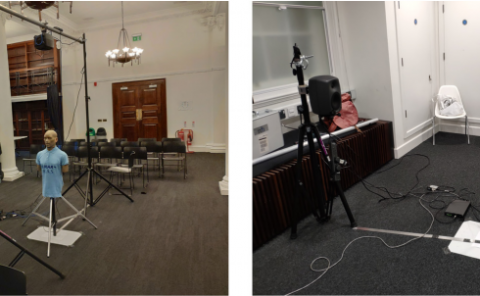Performance Optimization for Standalone Virtual Reality Headsets
PubDate: January 2021
Teams: German University in Cairo
Writers: Youssef Samir Sadek Hosny; Mohammed A.-M Salem; Ahmed Wahby
PDF: Performance Optimization for Standalone Virtual Reality Headsets

Abstract
This paper focuses on the performance optimization process for standalone virtual reality headsets. With the release of the Oculus Quest on May 2019, and its wide adoption, developing a VR application is not as simple as it used to be on regular PCVR headsets, which run on VR ready desktops powered by dedicated processors and graphics cards. The mobile processor of standalone headsets is much weaker than the ones on a dedicated VR computer. Therefore, heavy performance optimization is needed in order to run full scale applications on the Oculus Quest without facing application slow downs and performance drops. PlayBricks; A VR application running on the Oculus Quest using Unreal Engine 4 and C++, is developed to simulate real life LEGOs for architectural design and educational applications. The hardest problem faced in development is the performance problem, where the number of blocks the user places before the application starts slowing down is not enough to build anything meaningful. Through the optimization of the CPU, GPU and draw call threads, the paper reveals how the number of building blocks can be increased from 100 blocks to reach 12,000 blocks.


